Reading time is approximately 4 minutes
In the world of wine, the quality of a vintage does not rest solely on the grapes. An often overlooked element plays a key role in the maturation of this drink: the wood of the barrels. For some lucky winegrowers, owning both vineyards and forests, the choice of wood for their barrels is a very serious and meticulous affair.
Tree selection
These winegrowers send their cooper into the field to select the trees which will be transformed into barrels. The selection criteria are draconian: the trees must have impeccable straightness, a trunk diameter of between 60 and 70 cm, and be free of knots and frostbite, these cracks caused by frost. The cooper specifically looks for free-standing and full-length trees, avoiding trees from forest edges which, growing too quickly, are less suitable for cooperage.
The August moon
The slaughter period is also crucial. Ideally, trees are cut during the waning moon, with the August moon considered the ideal time. The trunks are then cut into 1.10 meter logs, then split successively until quarters are obtained. These are worked in an artisanal manner in the cooper's workshop, favoring splitting with a saw to guarantee the waterproofness of the wood. From five cubic meters of raw wood, we finally obtain one cubic meter of finished wood, enough to make seven four hundred liter barrels.
Drying
After cutting, the staves (wooden planks intended for cooperage) are stacked in the open air, in cross beds, to be exposed to bad weather. This natural drying stage is essential: it reduces the humidity level of the tree from 80% to 20%. More than just drying, this period allows the wood to develop its aromatic potential. Climatic variations tighten the wood fibers, trapping subtle flavors, true memories of the woods.
This natural process also promotes the development of mushroom mycelium, which releases enzymes that degrade the astringent compounds in wood. In Armagnac, where the climate is particularly favorable, the natural drying of staves is a common practice. Many factors, such as the place of growth, proximity to rivers, nature of the soil, age of the tree and, of course, air drying, influence the quality and nature of aromatic substances which the wood will later transmit to the eau-de-vie. This is what we call the “raw” wood.
Thus, cooperage is a complex art, where nature and human know-how meet to enhance the wine. Each step, from the selection of the tree to its drying in the open air, contributes to the creation of unique barrels which will enrich the eau-de-vie with inimitable flavors.








